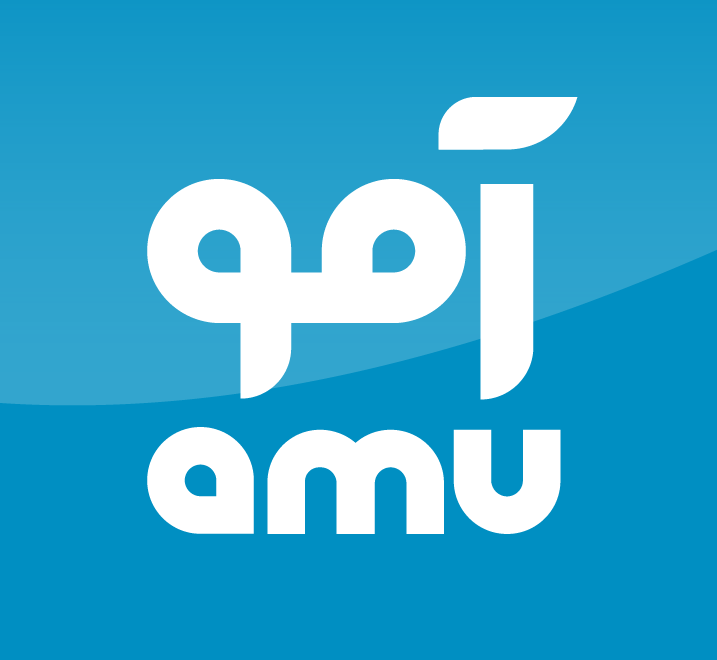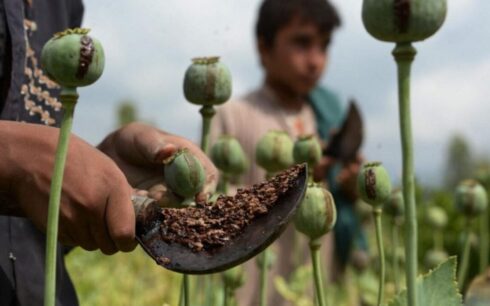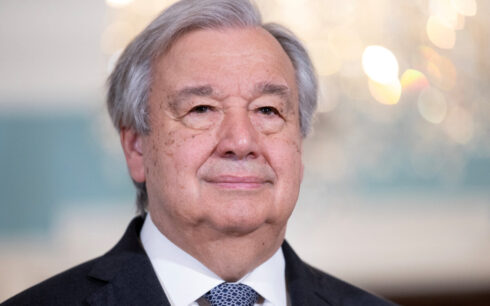Trucks carrying humanitarian aid continued to cross into the Gaza Strip through the Rafah border crossing on Tuesday, marking the third day of a ceasefire aimed at halting a 15-month conflict that has devastated the territory and heightened tensions across the Middle East.
The United Nations Office for the Coordination of Humanitarian Affairs (OCHA) reported that 915 trucks entered Gaza on Monday, delivering critical supplies to the embattled region. The shipments follow 630 trucks that entered on Sunday, with at least 300 of those reaching northern Gaza, where experts have warned of a looming famine.
The ceasefire, brokered with the involvement of the United States, Qatar, and Egypt, stipulates that 600 truckloads of aid must be delivered daily during the initial six-week truce. Of those, 50 trucks are required to carry fuel, and half of the aid is designated for the heavily impacted northern Gaza.
The sustained delivery of aid offers a glimmer of relief for Gaza’s 2.2 million residents, many of whom face dire shortages of food, water, and medical supplies. The conflict has left much of the enclave in ruins, with hospitals overwhelmed and essential infrastructure severely damaged.
Humanitarian agencies have warned that while the ceasefire and aid deliveries are crucial, they fall short of addressing the broader humanitarian catastrophe caused by the prolonged conflict.
The flow of trucks through Rafah represents a delicate balance of international coordination. Israel, which has imposed a blockade on Gaza for years, has worked with the ceasefire guarantors to facilitate the entry of supplies, though concerns remain about the adequacy of aid reaching those in need, particularly in northern Gaza.
The truce and humanitarian efforts come amid widespread calls for a long-term resolution to the crisis. For now, the focus remains on sustaining the ceasefire and ensuring that aid continues to flow to the Palestinian enclave.





